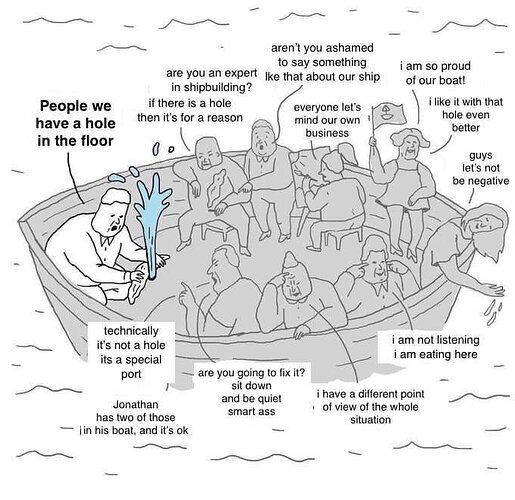I agree to @bashrc -
give the user all the means of expressions, not limit.
But need to explain now 
redaktor can adapt to any image size and even encourages to build your own theme.
If themes have baseline perfection (that is: E.g. in a masonry layout with 3 card-columns, each and every typographic line or any element will match the baseline which looks super tidy.)
In such special cases, we stick to the well known ratios.
Cause then, we can, without JS (!) make the element baseline perfect.
Historically the photography evolved from the canvas sizes looking happy (need to beat the devil out of the brush).
CSS aspect-ratio and object-fit is cool.
We can calc the diagonals of the well-known and of the image and find the nearest.
If we get an image 1024x768, we can do 1024/768 = 1,333333333333333 …
And 4 / 3 also = 1,333333333333333 …
This naming might make clearer how they come from
square: "1 / 1",
video: "16 / 9",
laptop: "16 / 10",
videoPortrait: "9 / 16",
cinema: "37 / 20",
cinemascope: "21 / 9",
tarantino: "8.28 / 3",
photo: "3 / 2",
photoMF: "7 / 6", // medium format camera
photoLF: "5 / 4", // large format camera
photoXL: "9 / 7", // superlarge format camera (with the big curtains)
photo43: "4 / 3", // micro four thirds
portrait: "2 / 3",
portraitMF: "6 / 7",
portraitLF: "4 / 5",
portraitXL: "9 / 7",
portrait43: "3 / 4",
profilePano: "16 / 7",
pano1: "9 / 2",
pano2: "12 / 2",
apsPano1: "3 / 1", // the aps fail
apsPano2: "16 / 5",
apsPano3: "10 / 3",
